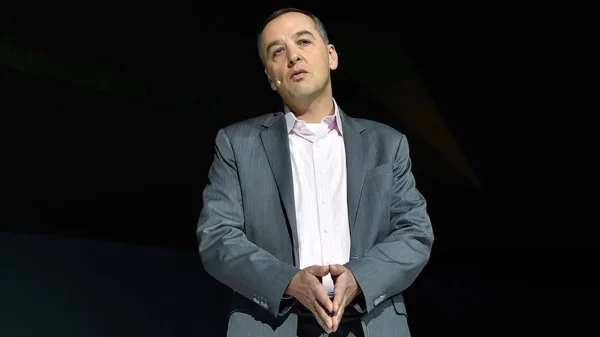The Real Housewives franchise is renowned for its dramatic charm and larger-than-life personalities, with numerous cast members emerging as villains over the years. These figures have charmed audiences with their narcissistic behavior, manipulative tactics, and unwavering egos.
Aviva Drescher from The Real Housewives of New York exemplified this villainous role. Her health-related anxieties were often weaponized against her fellow castmates, leading to conflicts and manipulation. Aviva’s controversial prosthetic leg became a symbol of her dominance and entitlement. Similarly, Kenya Moore from The Real Housewives of Atlanta is known for her explosive personality and unwavering confidence. Her relentless ambition and willingness to stir up trouble often put her at odds with her co-stars, solidifying her status as a beloved villain.
Brandi Glanville of The Real Housewives of Beverly Hills stands out for her cutting remarks and blunt honesty. Her confrontational attitude and penchant for drama have made her one of the most memorable villains in the show’s history. Meanwhile, Kelly Dodd from The Real Housewives of Orange County has become known for her unfiltered personality and unapologetic honesty. These traits often landed her in hot water with her castmates, making her one of the most controversial figures on the show.

A Still From The Real Housewives of New Jersey (Via IMDB)
Lisa Rinna, also from The Real Housewives of Beverly Hills, evolved from initial popularity to displaying calculated behavior in later seasons. Her cunning and willingness to stir up drama have marked her as a key villain in the series. Joe Gorga of The Real Housewives of New Jersey is another noteworthy villain. His constant conflict with his sister Teresa and manipulative behavior towards her strained their family relationship, making him a villain in the eyes of many viewers.
These Real Housewives villains have charmed audiences with their dramatic personalities and manipulative tactics. Their ability to weaponize relationships has ensured that the franchise remains a juicy and entertainment-packed phenomenon.
























